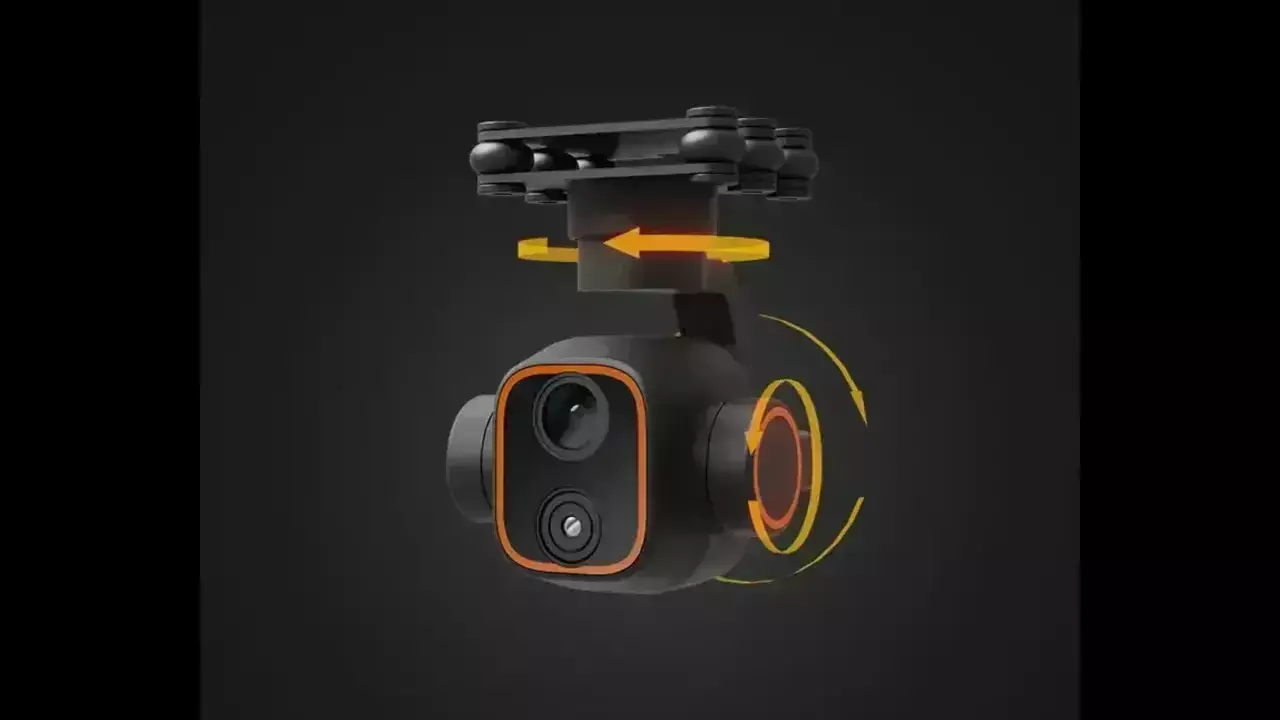TRENDING TAGS :
What is a Thermal Camera and How Does It Work? Know Its Features
Discover what a thermal camera is, how it works, its main features, and its revolutionary role in fields like security, medicine, industry, and wildlife conservation.
Thermal Camera (PC- Social Media)
The thermal camera is a marvelous invention of science that has enabled us to see the invisible world of heat. Whether it is soldiers patrolling at night, firefighters rescuing people trapped in flames, or technicians detecting faults in machinery — thermal cameras have played a crucial role in making human life safer and easier.
What Is a Thermal Camera?
The human desire to see beyond visual limits has given rise to many wondrous inventions, and the thermal camera is one such revolutionary innovation. A thermal camera captures the thermal energy (heat radiation) emitted by objects and living beings based on their temperature, allowing clear imaging even in darkness, fog, or smoke.
Thermal imaging technology has not only transformed military operations and security systems but also proved its utility in fields like medicine, industrial inspection, and wildlife conservation. Today, the thermal camera is not merely a scientific tool — it has become an essential part of modern life. In this article, we will discuss the principles, working mechanism, various uses, and future prospects of thermal cameras in detail.
How Does a Thermal Camera Work?
Detection of Infrared Radiation
Every object with a surface temperature above absolute zero emits some amount of infrared radiation. Thermal cameras use a special type of sensor, called a microbolometer, to capture these invisible rays.
Role of the Sensor
A microbolometer sensor has millions of tiny detector pixels. When infrared radiation strikes these pixels, they change their electrical resistance based on the temperature. This change is then converted into an electrical signal.
Image Processing
The camera’s processor converts these electrical signals into a digital image. Different temperatures are displayed in various colors or shades — high temperatures often appear in red, yellow, or white, and low temperatures in blue or black.
Final Result
Ultimately, a thermal image is displayed on the camera’s screen, revealing the temperature differences across an object’s surface.
Main Components of a Thermal Camera
Lens
The lens focuses the infrared radiation onto the detector. Special materials like germanium are used for thermal camera lenses, as ordinary glass blocks infrared radiation.
Sensor/Detector
The sensor (such as a microbolometer) converts infrared radiation into electrical signals based on temperature variations.
Electronic Processing Unit
This unit processes the data from the sensor and creates a visual thermal image through circuits dedicated to image processing and analysis.
Display Screen
Displays the processed thermal image, allowing the user to observe temperature differences and identify objects.
Uses of Thermal Cameras
Thermal cameras are widely used in various important sectors:
Security and Surveillance
Detecting enemies at night or through smoke, fog, and other visibility barriers. Soldiers use thermal vision devices to identify invisible targets. They are also used for home and office security.
Medical Field
Detecting temperature changes due to conditions like fever, inflammation, or circulation problems. During the COVID-19 pandemic, thermal scanners helped identify individuals with fever in crowds.
Firefighting
Finding people trapped amidst smoke and identifying hidden fire sources.
Industrial Inspection
Identifying overheating parts in machinery to prevent malfunctions. Used to detect overheating in electrical lines or equipment.
Wildlife Survey
Tracking animal activity in forests at night. Helps monitor endangered species.
Types of Thermal Cameras
Handheld Thermal Camera
Portable and operated manually.
Fixed-Mount Thermal Camera
Permanently installed on walls or vehicles.
Aerial Thermal Camera
Mounted on drones or helicopters for aerial surveys.
Thermal Camera vs Night Vision Devices
The fundamental difference between thermal cameras and night vision devices:
Night Vision Devices
Amplify minimal available light like moonlight or starlight to create images.
Thermal Cameras
Detect temperature differences and can provide clear images even in complete darkness, smoke, or fog.
Thus, thermal cameras are more effective under difficult conditions compared to night vision devices.
Limitations of Thermal Cameras
Despite their advantages, thermal cameras have some limitations:
-
They cannot see through glass or water, as these materials block or reflect infrared radiation.
-
High-quality cooled thermal cameras are extremely expensive.
-
When the temperature difference between objects is minimal, distinguishing between them becomes difficult.
Future of Thermal Cameras
In the future, thermal cameras will become cheaper, lighter, and offer even higher quality. With the integration of Artificial Intelligence (AI) and Machine Learning (ML), these cameras will autonomously detect threats and assist in making accurate decisions. The introduction of thermal camera modules in smartphones will play a significant role in bringing this technology to the general public.


